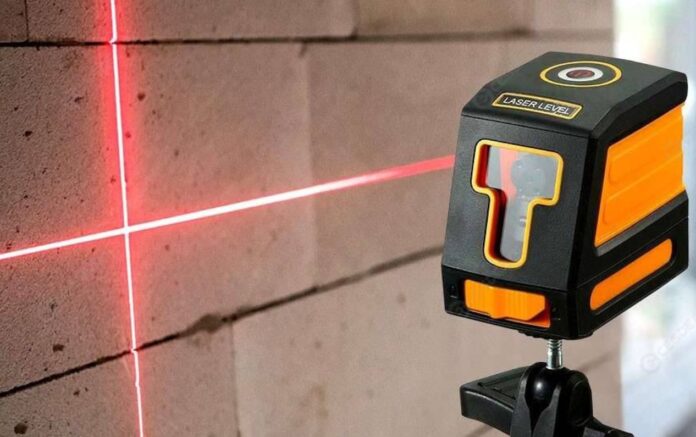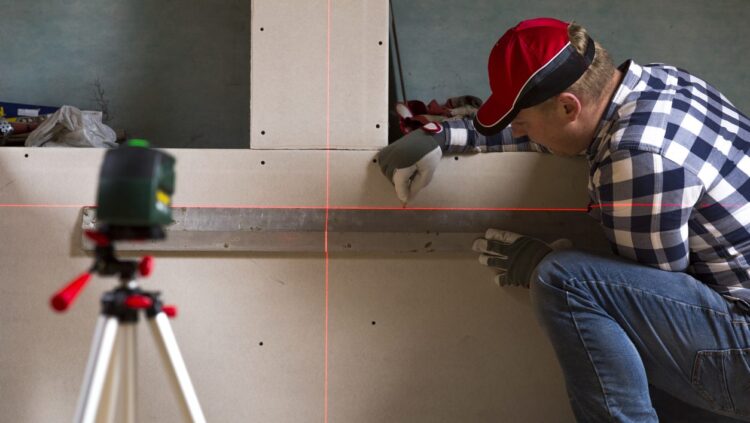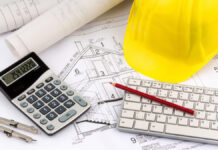
Currently, the construction market thrives through an assortment of laser levels. While the helpful tool varies with each specific need, deciding on the best laser confuses even the qualified experts. From the rotary, self-leveling to cross hair levels, there is so much to choose from. Whether you want to fix your underground pipes or erect new fence posts, there are different laser brands to make your work easier.
To make the best decision, we have come up with a guide to help you choose the finest laser level for your work and the important features to look out for. Also you can find the best laser level form gearfork.
Where to use a Laser Level
If you want to get an accurate layout of your work, a laser level is a necessity. Though useful in large and small construction projects, their usage varies depending on the type of work.
While the construction industry is witnessing technological advancement, the tools involved are not left out. Initially, builders used the traditional blue indicator lasers. However, these lasers gave inaccurate results, especially on complex construction, and only useful on basic work of not more than 3 feet. At the moment, there are more advanced laser levels that are solving the weaknesses of the older versions.
Let us look at some outdoor and indoor projects that need a laser level.
- Outdoor Functions
- Basic survey projects
- Masonry positioning
- Construction site layout
Check on proper irrigation and drainage (use a laser with slope testing capacity).
Lineup decks, porches, and fence posts.
- Indoor Functions
- Mount wall hangings
- Checks on doors and windows heights
- Level different types of floors
- Fix drop ceilings
- Set up chair rails
How to Choose the Best Laser Level

Based on how much you can afford, the market has a vast assortment of lasers to offer. The price for a reliable laser level goes from $15 to above $400 depending on the brand and capability. That makes it a convenient buy for those working with a low and high budget. However, before spending money on a low-quality laser, here are some basic characteristics you need to acknowledge.
Check if it has a self-leveling apparatus, if possible with a lockable pendulum kind.
The minimum accuracy level of up to 20 feet. Some brands assure accurateness from one inch to 30 feet.
It should have an automatic out-of-level meter. Mostly they indicate with a blinking light.
Bright color for easier visibility. Lasers come in bright red color, but there is a new entry of green colored ones.
Heavy-duty and moisture resistant to withstand indoor and outdoor aspects.
When buying a laser level, you will come across indoor and outdoor use options. The cost of these options varies because of their assorted features and uses. For instance, an outdoor laser has an improved feature of working well in daylight. It is also brighter and stronger compared to the indoor version.
These enhanced characteristics put it at a higher price. Most outdoor lasers also come with a surveyor’s staff, laser receiver, and a tripod.
In bright light conditions, get a laser with an electronic receiver as it works better on the basic leveling and installation process. When the light is too much, you can use laser glasses to assist you to view the projected line well.
Apart from the indoor and outdoor lasers, 360 degrees/rotary and fixed-line get the most preference. Dot laser is another popular option despite working on selected jobs only.
Fixed- Line Laser level
Fixed-line lasers usually make a straight line through a steady beam of light vertically and horizontally, both on walls and floors. Mostly when used indoors, the accuracy varies depending on the length they cover. Another useful feature of a fixed-line level is the self sensor characteristic. When out of level, it gives a continuous flashing light.
Fixed-line lasers work perfectly at 120 degrees fan angle. However, in some situations, you can upgrade the level up to 180 degrees.
360 degrees/rotary laser level
The main advantage of having a 360 degrees level is its capability to level an entire space at once. Constructors place the level in the central part of a room. In that position, it illuminates laser lines in a 360 degrees ring. This allows it to level the four walls in a room and also the floor and ceiling at the same time.
Better still, you can use a 360 degrees level with a tripod or without. While some brands sell rotary levels with short tripods, others sell it as an extra kit. Nonetheless, many companies are selling both the level and its accessories. Some of the kits include a pair of laser tinted glasses and a dot laser.
Rotary levels come in large and small sizes. Compared to line laser levels, they are heavier, larger, and pricier. However, there is a smaller version that can fit in your palm.
Some complex rotary lasers have supplementary features such as wireless remote control. Check on the effectiveness of the automatic sensor. A well functioning one should beep or blink if out of level.
Rotary levels offer different speed modes adjustable depending on the amount of light available. While working on an outdoor project requires less light, you need to do most jobs before the afternoon sun. It is important to confirm the battery durability. Most manufacturers promise long battery but disappoint after short use. Some new models use Lithium-ion batteries which last longer but cost more.
Final Thoughts
Based on the project at hand and the money available, you can effortlessly get a reliable laser level from the vast variety. While diversification gives you the freedom to choose the best level, you need to ensure that you get value for money. Do not settle for cheap versions and regret later. Instead, ensure that you understand all the features and how they work. Go through the warranty and safety use precautions. In the end, what you are looking for is a cost-cutting, safe, and accurate device. Ensure that your laser level option gives you nothing less.











